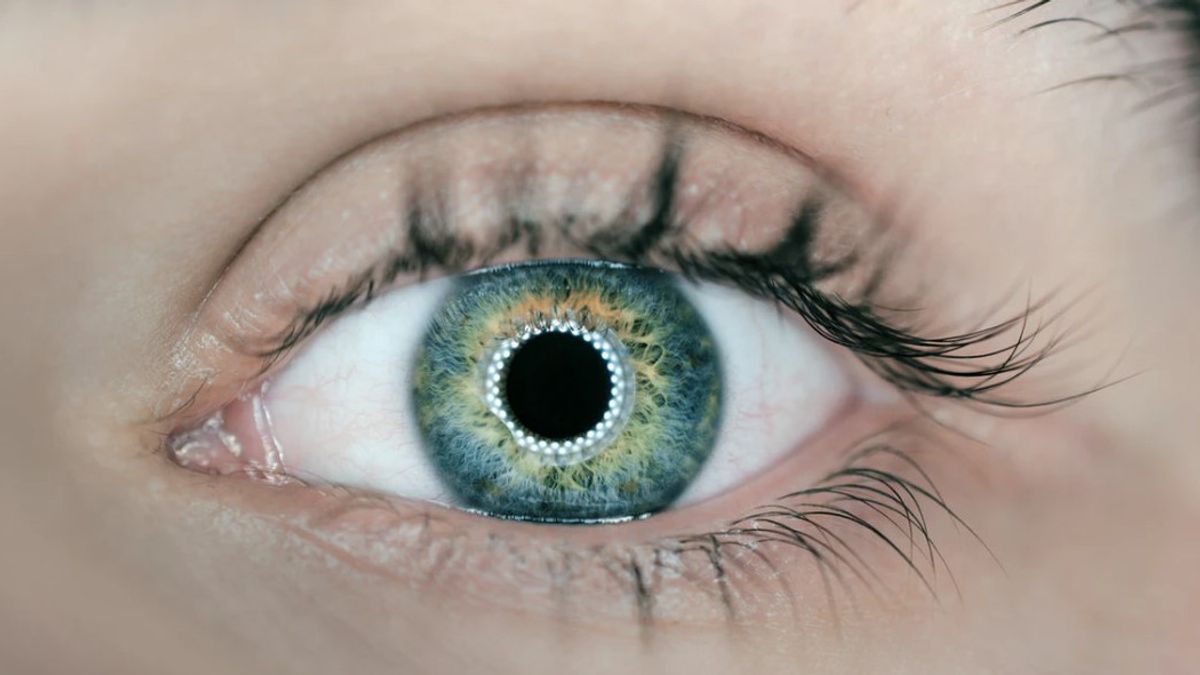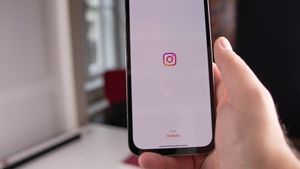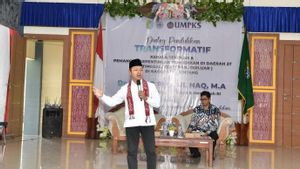JAKARTA – Now people who have blindness or visual impairment can be cured by using a pig collagen transplant. Scientists have discovered a safe technique that does not require stitches in the transplant procedure.
In a clinical trial conducted on 20 visually impaired people in India and Iran, transplantation of porcine collagen into corneal tissue was found to restore their vision. This achievement is the finding of a team of scientists from Linkoping University, Sweden.
The 14 participants who were blind before the procedure showed "best mean final vision (glasses or contact lenses) of 20/36 and restored tolerance to contact lens wear," the researchers wrote in their study published in Nature Biotechnology.
As ScienceAlert reports, although around 12.7 million people worldwide suffer from vision loss due to problems with the cornea, only 1 in 70 receive a transplant due to a lack of donated corneal tissue.
Not Only For Rich People
This visually impaired condition can be improved thanks to a material produced by the research team, called bio-engineered, double-crosslinked (BPCDX) engineered pig construction and produced by refining collagen from pig skin.
Scientists state that this technology will be available to the public. So, it's not just for the rich. Researchers note that it can be used by various societies in the world.
“We have made significant efforts to ensure that our inventions will be widely available and affordable to all and not just the rich. That's why this technology can be used all over the world,” said Mehrdad Rafat from the Department of Biomedical Engineering from Linkoping University in Sweden who was involved in the research.
The team also designed a technique that doesn't require stitches during the implant procedure, thus making the physician who performs it less dependent on "special conditions and equipment," added Science Alert.
“Less invasive methods can be used in more hospitals, helping more people. With our method, the surgeon does not need to remove the patient's own tissue. Instead, a small incision is made, through which the implant is inserted into the existing cornea," said Neil Lagali of Linkoping University's Division of Ophthalmology.
The English, Chinese, Japanese, Arabic, and French versions are automatically generated by the AI. So there may still be inaccuracies in translating, please always see Indonesian as our main language. (system supported by DigitalSiber.id)













